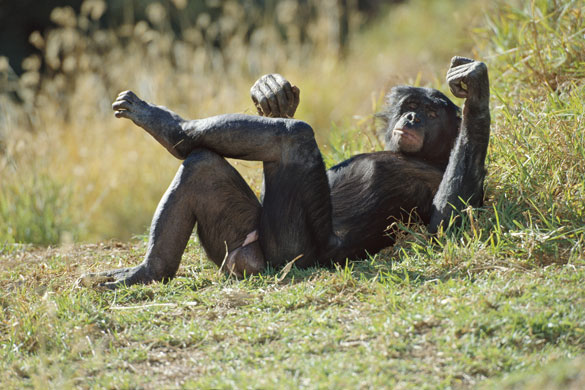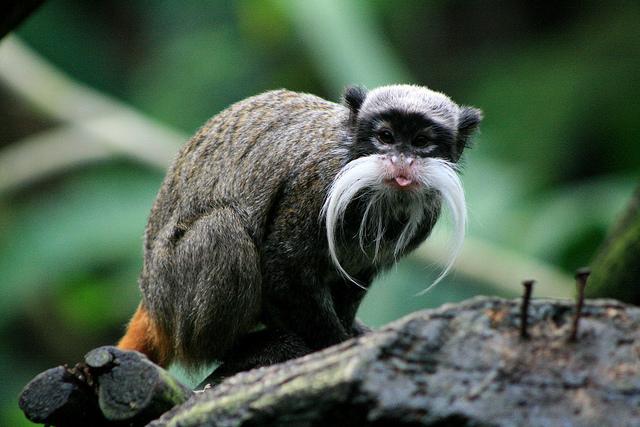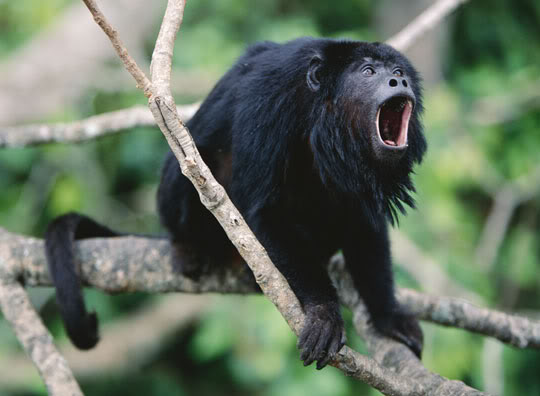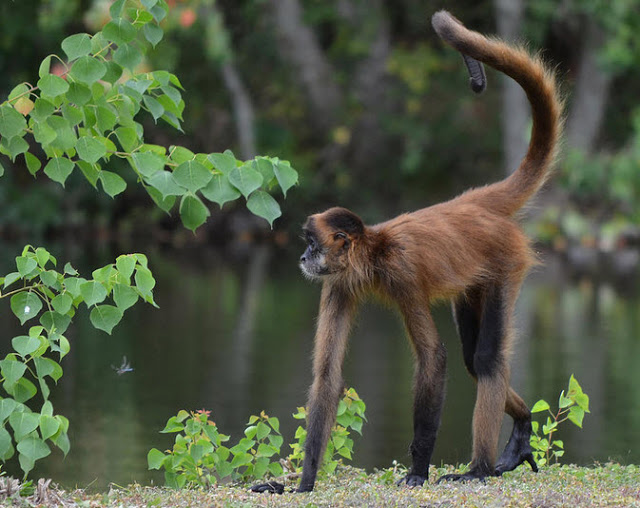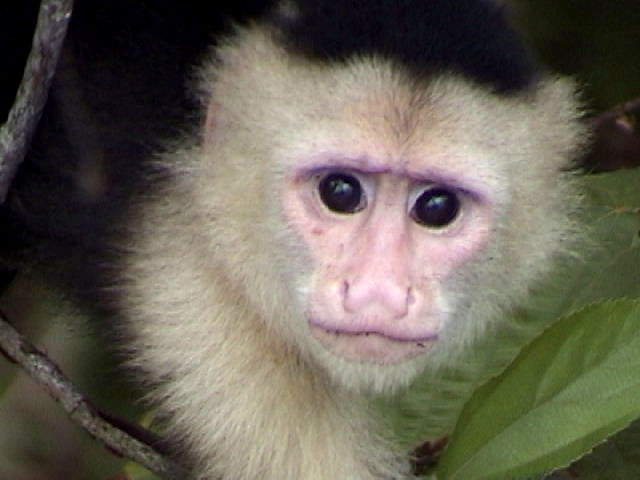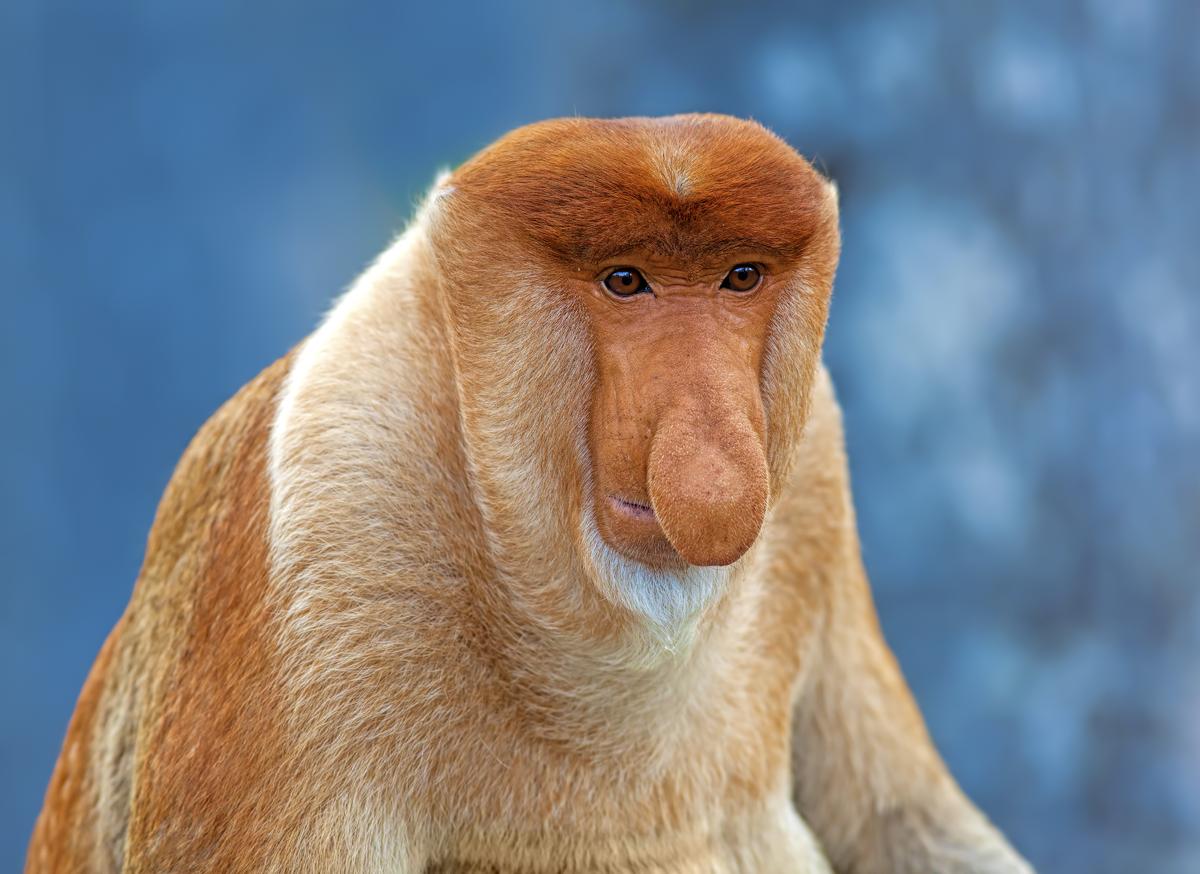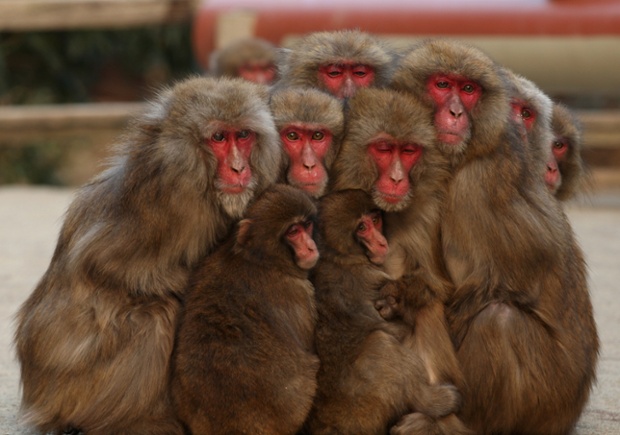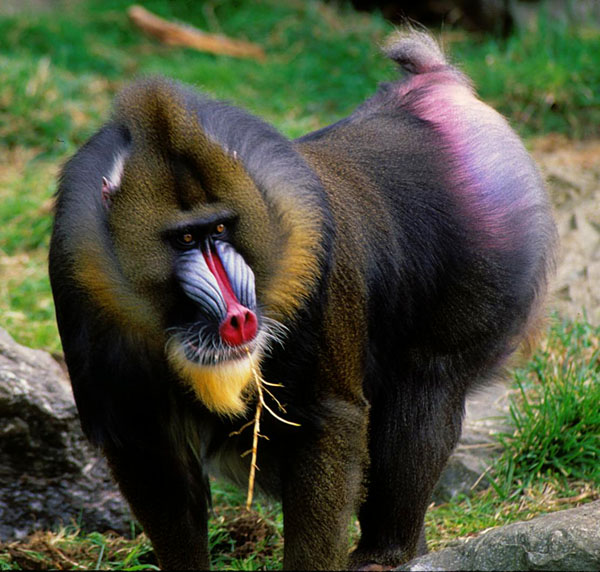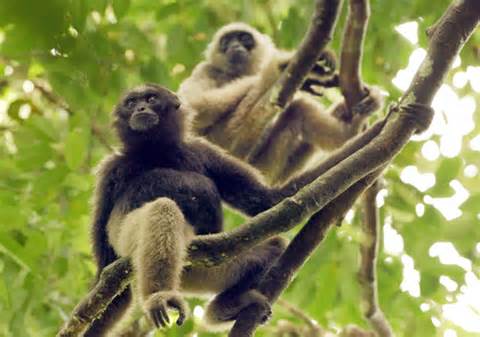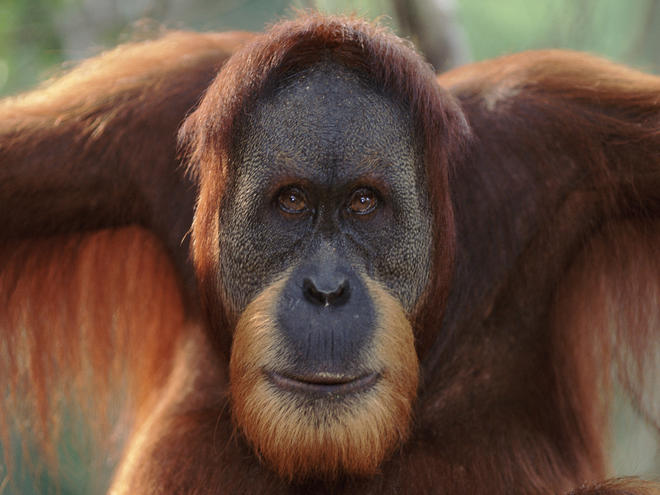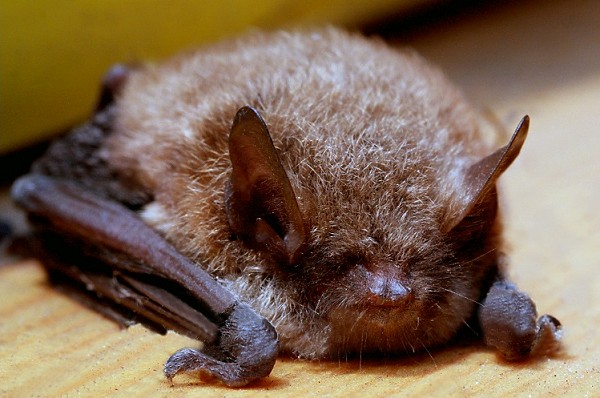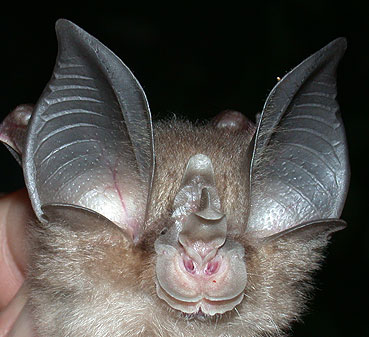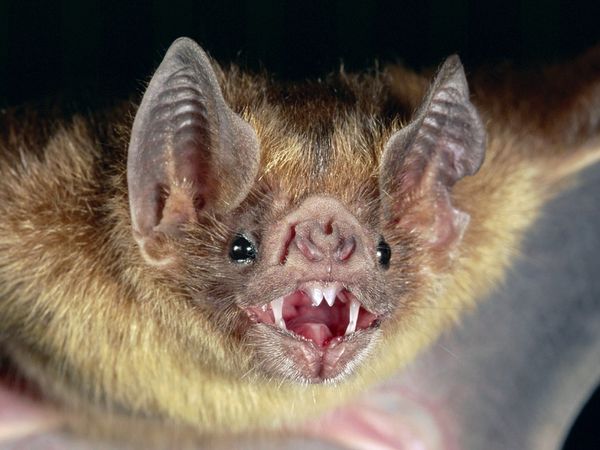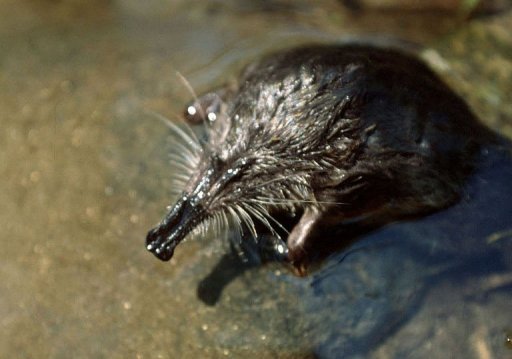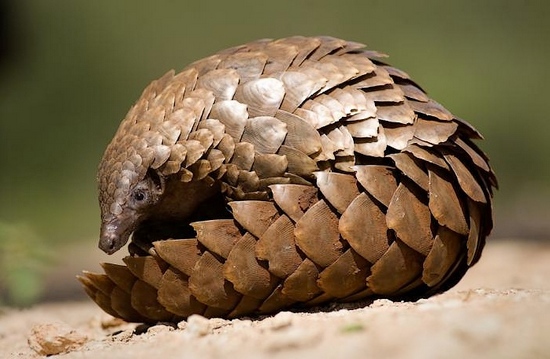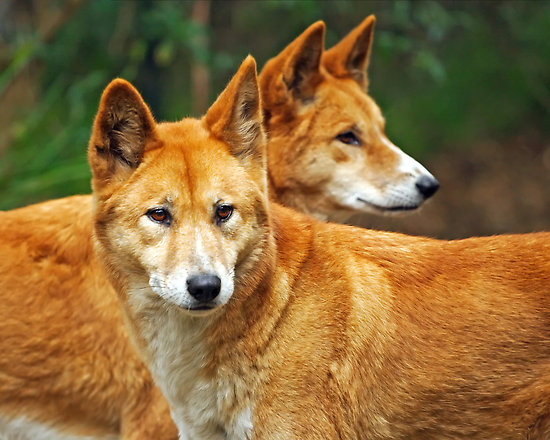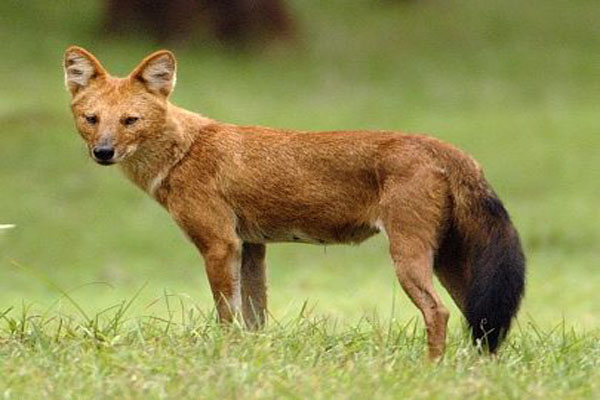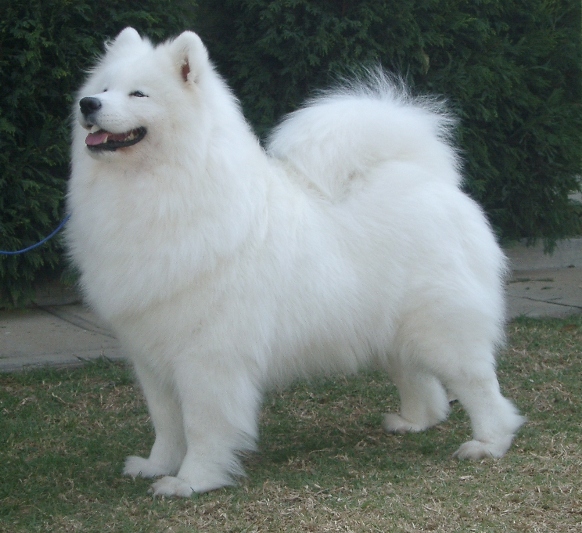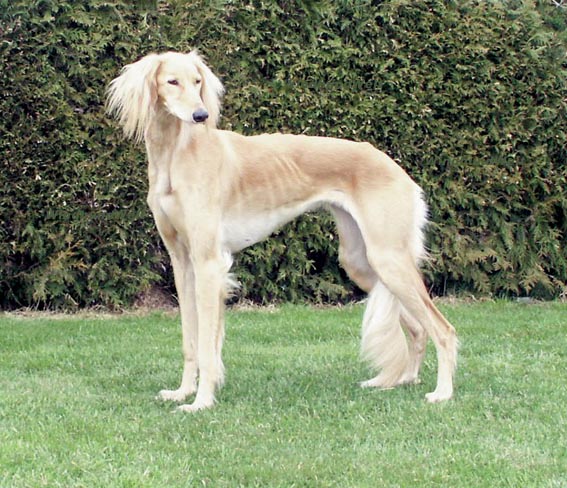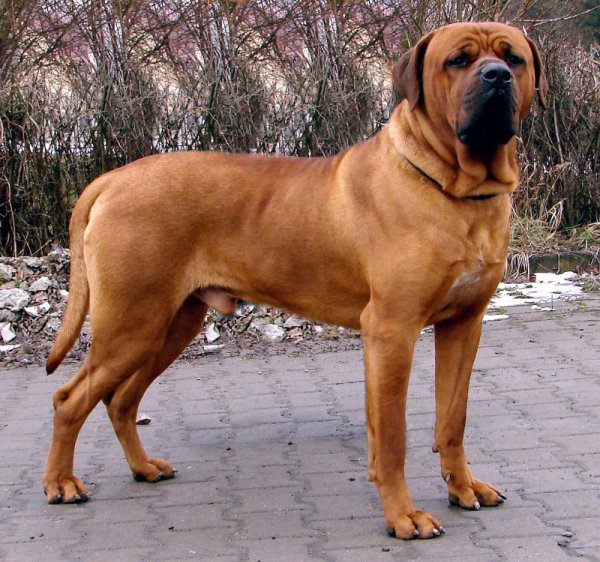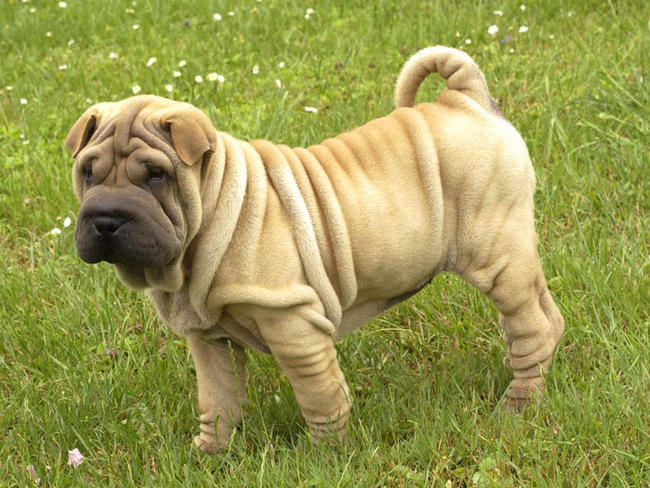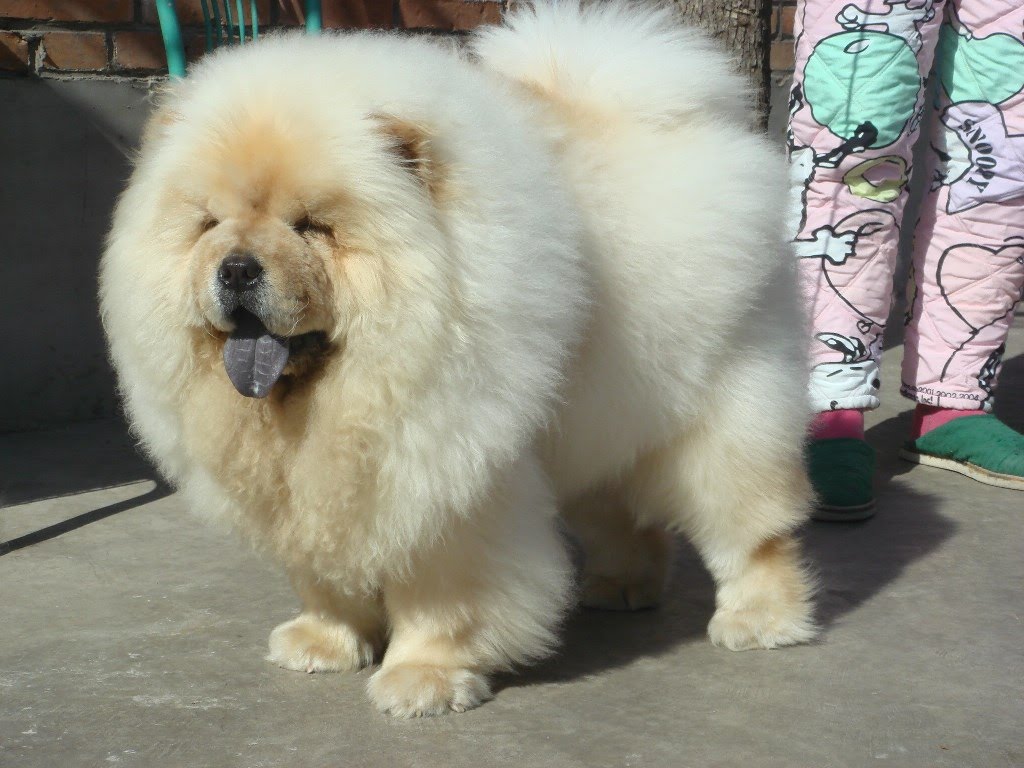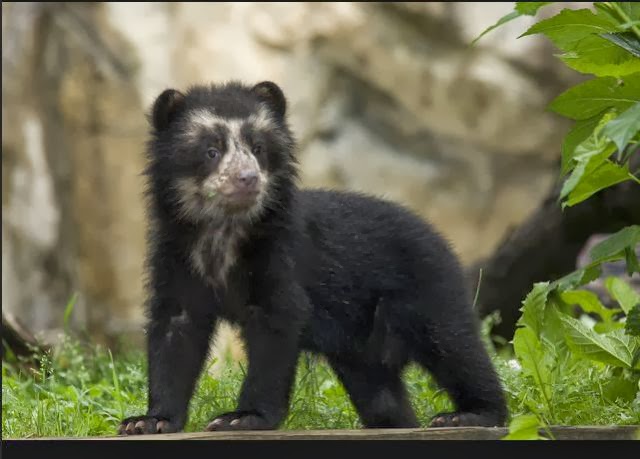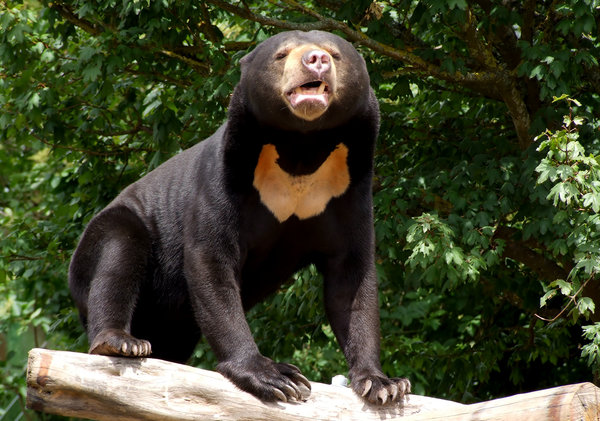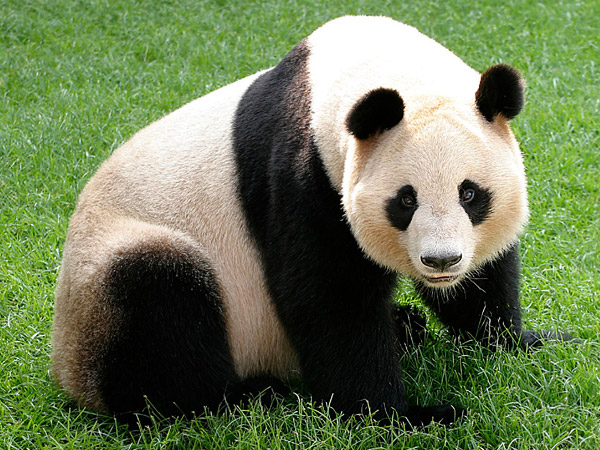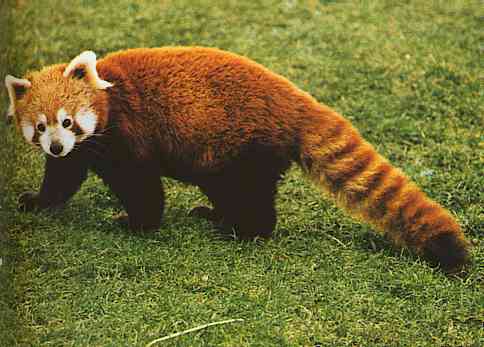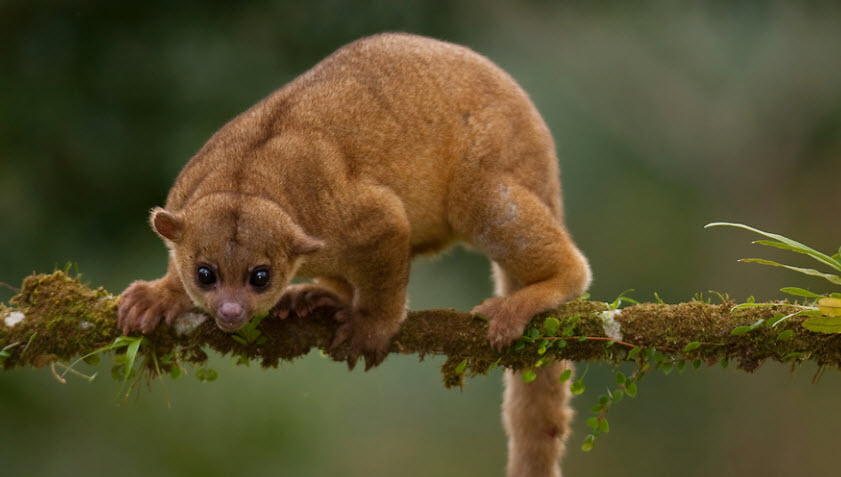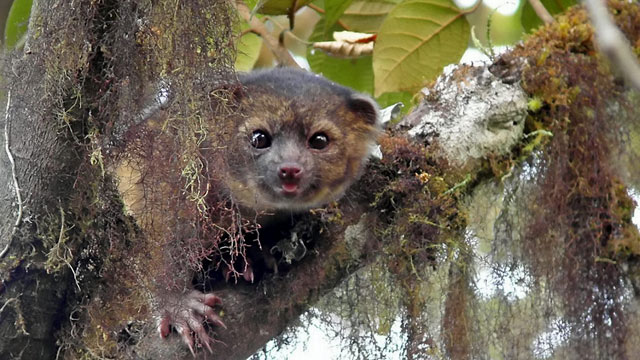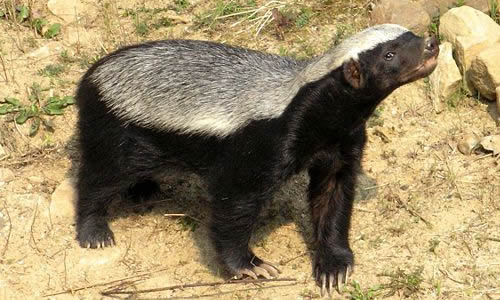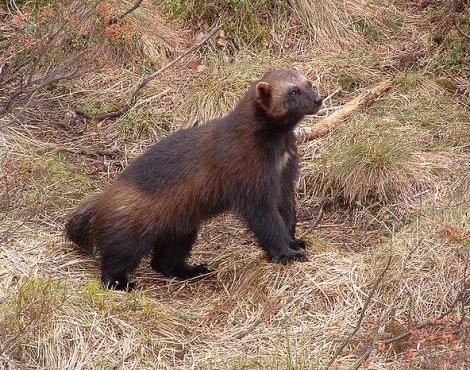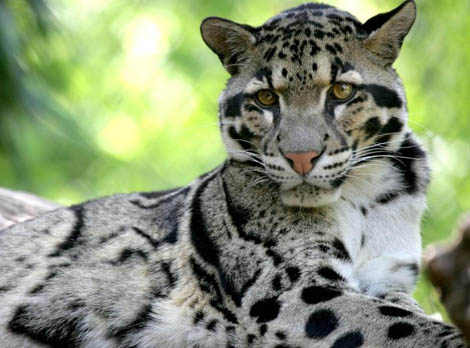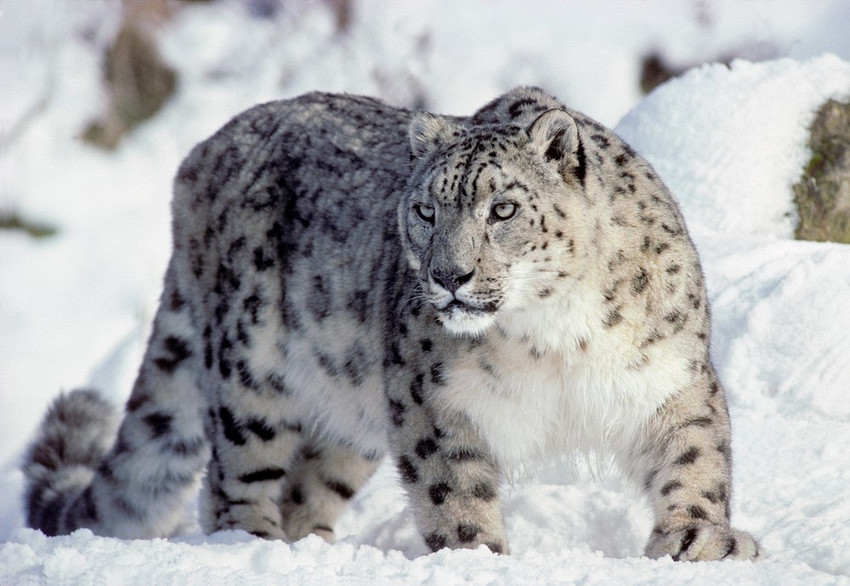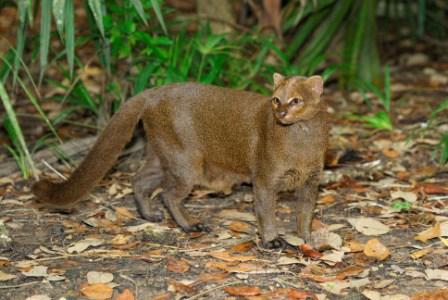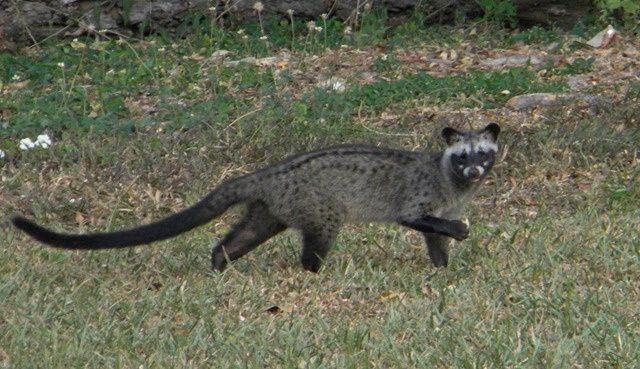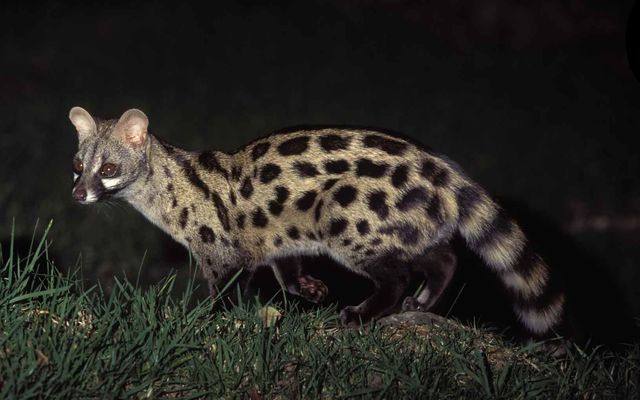Physical World/Mammals - 2
| Bonobo
Found in the forests of the Democratic Republic of the Congo | |
| Emperor tamarin
A species of tamarin allegedly named for its resemblance to the German emperor Wilhelm II Emperor tamarins typically have twins | |
| Howler monkey
Famous for their loud howls, which can travel three miles through dense forest, and are caused by an enlarged hyoid bone | |
| Spider monkey
| |
| Capuchin monkey
Capuchin derives from a group of friars named the Order of Friars Minor Capuchin, an offshoot from the Franciscans, who wear brown robes with large hoods covering their heads. When explorers reached the Americas in the 15th century they found monkeys who resembled these friars and named them capuchins | |
| Proboscis monkey
The large nose or proboscis of the male can exceed 10 cm in length, and hangs lower than the mouth | |
| Japanese macaque
Sometimes known as the snow monkey because they live in areas where snow covers the ground for months each year – no other monkey is more northern-living, nor lives in a colder climate | |
| Mandrill
Its hairless face has an elongated muzzle with distinctive characteristics such as a red stripe down the middle and protruding blue ridges on the sides. The areas around the genitals and the anus are multi-coloured Mandrills are the world's largest monkeys | |
| Gibbon
Also called the lesser apes Gibbons are highly arboreal and bipedal on the ground. They are masters of their primary mode of locomotion, brachiation, swinging from branch to branch | |
| Orangutan
The word orangutan comes from the Malay language and means 'person of the forest' | |
| Common pipistrelle
In 1999, the common pipistrelle was split into two species on the basis of different-frequency echolocation calls. The common pipistrelle uses a call of 45 kHz, while the soprano pipistrelle echolocates at 55 kHz | |
| Horseshoe bat
They have the most sophisticated echolocation of all bats | |
| Common vampire bat
Vampire bats are the only known parasitic mammals. The common vampire bat mainly feeds on the blood of livestock. It uses its razor-sharp teeth to cut open the skin of its hosts and laps up their blood with its long tongue | |
| Desman
| |
| Pangolin
It has large keratin scales covering its skin. It can curl up into a ball when threatened, with its overlapping scales acting as armour. Pangolins can also emit a noxious-smelling acid | |
| Coyote
Coyote is a mythological character common to many Native American cultures | |
| Dingo
Subspecies of the grey wolf introduced to Australia 4,000 years ago. largest terrestrial predator in Australia | |
| Dhole
In appearance, the dhole has been variously described as combining the physical characteristics of the grey wolf and red fox | |
| Samoyed
Takes its name from the Samoyedic peoples of Siberia. These nomadic reindeer herders bred the fluffy white dogs to help with the herding, and to pull sleds when they moved | |
| Basenji
The Basenji produces an unusual yodel-like sound commonly called a barroo, due to its unusually shaped larynx. This trait also gives the Basenji the nickname "barkless dog" | |
| Saluki
| |
| Akita
Named for Akita Prefecture, where it is thought to have originated | |
| Tosa
It was originally bred in Tosa (present day Kōchi) as a fighting dog and still is today | |
| Shar Pei
| |
| Chow Chow
Like the Shar Pei, the Chow has a blue-black/purple tongue | |
| Spectacled bear
The only species of bear native to South America. The name is a reference to the light colouring on its chest, neck and face, which may resemble eyeglasses in some individuals | |
| Sun bear
The sun bear is the smallest of the bears | |
| Giant panda
Giant panda's paw has a ‘thumb’ and five fingers; the ‘thumb’ is actually a modified sesamoid bone, which helps the Giant panda to hold bamboo while eating | |
| Red panda
Slightly larger than a domestic cat. It is not closely related to the giant panda | |
| Kinkajou
Arboreal and nocturnal mammal native to rainforests in Central America and South America | |
| Olinguito
Member of the raccoon family, which lives in the Andes The species was described as new in 2013 | |
| Ratel
It is the most fearless animal in the world. It does not closely resemble other badger species; instead, it bears more anatomical similarities to weasels | |
| Wolverine
The largest land-dwelling species of the Mustelidae (the Giant Otter is largest overall) It has a reputation for ferocity and strength out of proportion to its size, with the ability to kill prey many times larger than itself | |
| Clouded leopard
Distinctly marked with large, irregularly-shaped, dark-edged ellipses which are said to be shaped like clouds, hence both its common and original scientific name | |
| Snow leopard
Also known as the ounce Snow leopards were only reclassified as a member of the Panthera genus (big cats) in 2009 | |
| Jaguarundi
Closely related to the much larger and heavier cougar | |
| Asian palm civet
Also called toddy cat Kopi Luwak is coffee prepared using coffee beans that have been subjected to ingestion and fermentation in the gastrointestinal tract of the Asian palm civet | |
| Common genet
Genets are slender cat-like animals with a long body, a long ringed tail, large ears, a pointed muzzle and partly retractile claws Indigenous to Africa |
